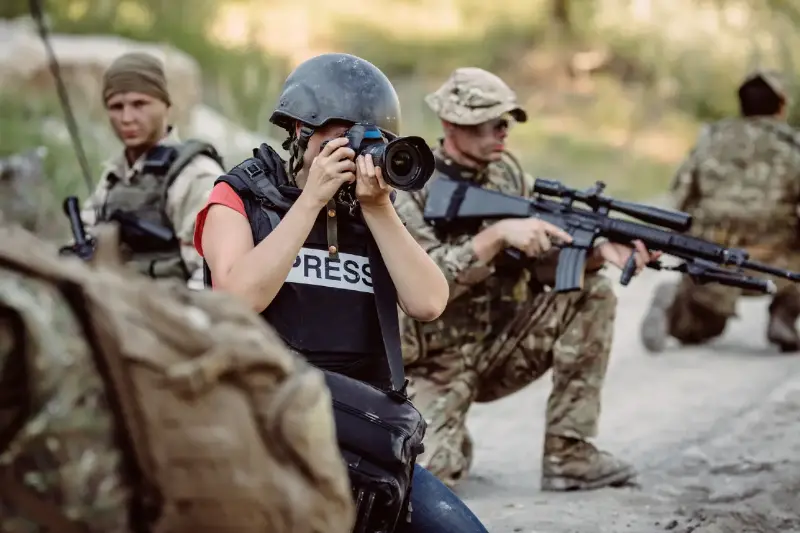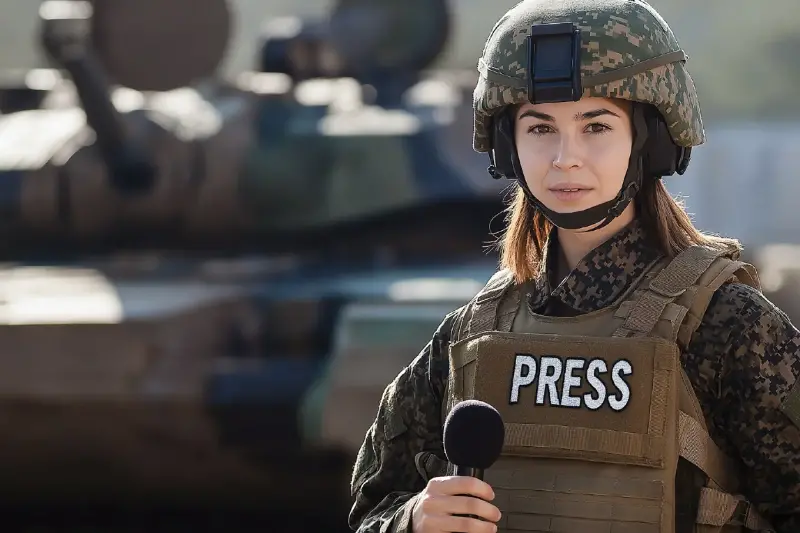From the Battlefront to the Living Room: The Global Pulse of Wartime News

Crossing Borders: How Globalisation Transforms War Reporting
War has always been a focal point for journalism, but in today’s hyper-connected world, the way we report, consume, and react to wartime events is transforming at breakneck speed. With information now travelling across the globe in microseconds, journalists must not only relay facts—they must contend with a complex web of perspectives, cultures, and politics that shape the narrative.
At its core, globalisation bridges distances and softens borders, turning local conflicts into global conversations. What happens on the front lines in one country can move hearts, spark debates, and influence policies halfway across the world. As international audiences widen, media organisations are compelled to adapt their content, seeking balanced coverage while navigating sensitivities and biases.
Varied Narratives: Whose Story Gets Told?
The competition to shape wartime narratives is fiercer than ever. Different news agencies, influenced by their own countries, corporate owners, or political allies, often frame conflicts in markedly distinct ways. This leads to an intriguing—sometimes troubling—collision of narratives:
- Western media may focus on human rights and democratic values.
- State-run outlets elsewhere might underscore sovereignty, resistance, or national pride.
- Local voices, often underrepresented, strive to add authenticity and context.
This narrative tug-of-war can both inform and mislead audiences. Filtering through these competing stories requires readers to remain sceptical, yet open-minded—asking whose voice is missing or which perspectives are magnified.
Technology’s Double-Edged Sword
Digital platforms have revolutionised war reporting, offering everyone—from professional journalists to everyday eyewitnesses—a megaphone. Real-time updates, live-streamed footage, and social media threads dramatically expand access:
- Speed: Breaking news arrives instantly, shrinking the world’s reaction time.
- Reach: Stories go viral, garnering international awareness and support (or condemnation).
- Visual Impact: Gripping images and videos foster empathy—but can also escalate tensions or circulate misinformation.
The flipside? The sheer volume of information creates challenges in verifying facts and discerning truth from propaganda. The battleground now extends beyond the physical—truth itself becomes contested terrain.

Ethical Tightropes and Global Responsibility
Journalists find themselves walking a delicate line between informative duty and ethical responsibility. Amid global scrutiny, reporters must weigh the impact of graphic images, the privacy of victims, and the unintended consequences of inflaming divisions. Greater global access increases accountability—but also makes mistakes more consequential.
Citizens, too, bear more responsibility than ever before. With the world’s conflicts playing out across our feeds, we’re all editors—choosing what to share, believe, or question. In the age of globalisation, being an active, critical consumer of news is not just wise; it’s essential.
Shared Stories, Shared Humanity
Globalisation, for all its complexity, offers a gift: the chance to connect, even in the darkest moments. When stories cross borders—a family seeking safety, a journalist risking all for truth—we are reminded of our shared humanity. Empathy grows when we glimpse life through another’s eyes, even if just for a headline or a moment.
What does the future hold for war reporting in a globalised world? The tools will evolve, as will the narratives. But the age-old challenge remains: to illuminate, not obscure. The next time you read headlines from a distant conflict, pause—whose voice are you hearing, and whose might be waiting to break through?
